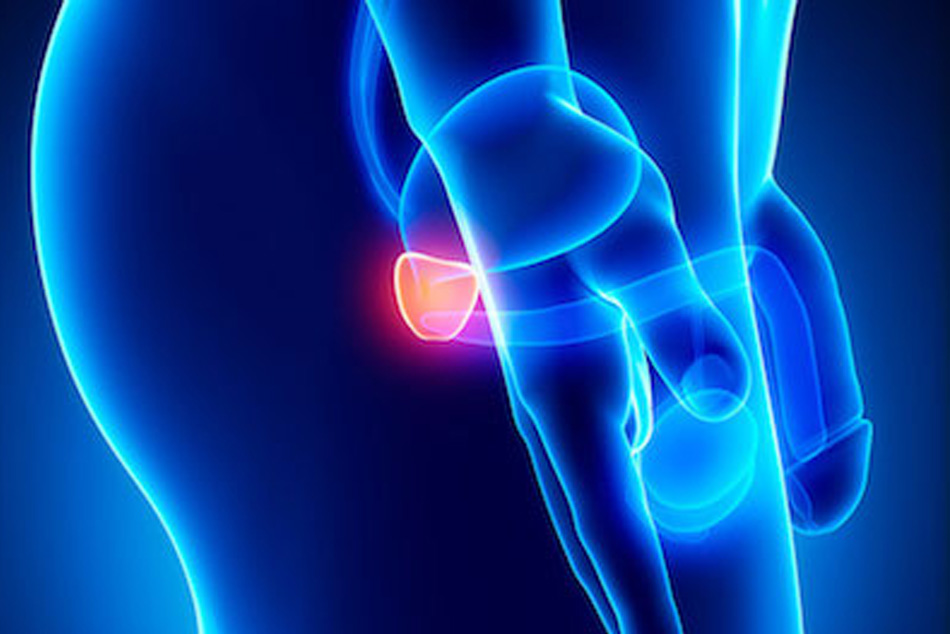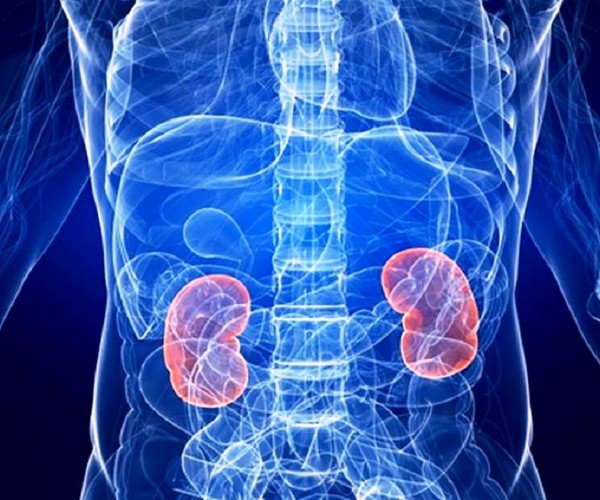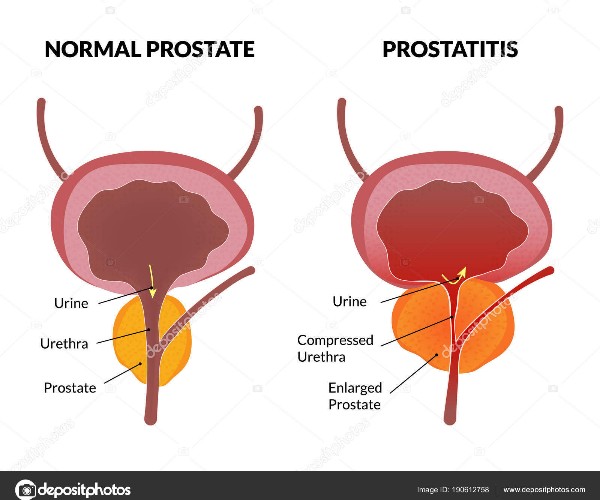Staying within social media, research in recent years focuses on a booming phenomenon: the
sexting
.
Defined as the sending via an internet-enabled device of text messages, images, and videos depicting the person sending these files in sexually explicit attitudes, the sexting is mainly active on social media that offer messaging chat and opens a debate on the possible causes and consequences of misuse.
If in fact, on the one hand, sexting could be seen as a way to express one’s sexuality and initiate sexual activity enhance the relationship with a partner, especially in the case of stable or long-distance relationships, and distract from boredom; on the other hand, this type of practice, especially in its more problematic forms, could lead to incidents of cyberbullying, damage to reputation, coercion, and revenge porn, covered in the next paragraphs.
But what really is sexting?
A very interesting cue is provided by Roberts and Ravn(2019), who through 10 focus groups with young adult males (ages 18 to 22), open a discussion focused on defining the phenomenon. It turned out that teens believe that sexting with a person is part of normal teen and young adult sex life, that for most people the line between sexting and harassment is very clear, as is, albeit often implicit, the consent of both parties.
It has been estimated that 15-30% of adolescents and 40-60% of adults and young adults send messages of type sexting.
In Italy, a recent study describes slightly lower percentages: within the population aged 18-40, 37.5 percent of people send sexually explicit images via smartphone. Finally, there appear to be no correlations with risky sexual behavior or psychosocial well-being.
The literature reports that the prevalences of both receiving and sending are higher for adults than for adolescents, and that in both populations the number of sexting received is greater than those sent, but it also underscores a worrying aspect of the phenomenon: 12% of teenagers forward sexting messages to third parties without the sender’s consent.
This behavior falls under the most problematic forms of sexting, namely nonconsensual forwarding and pressured sexting.
While the former refers precisely to all those messages that are shared with other people outside the source chat, Without the consent of the person who sent them, the second is a real form of coercion that goes against the will of the person on whom it is imposed.
The phenomenon of pressured sexting affects both genders: the most recent data show that nearly 30 percent (26.3% for women and 28.4% for men) of a sample of more than 4,200 participants aged 16 to 49 admit to having felt pressured at least once to send a photo or video with sexually explicit content. Breaking down the different ages, the people who most report feeling forced to send explicit selfies are the 16-19 year olds (40.6%) and 20-29 year olds (39.1%). The consequences of being forced to send and/or receive messages with sexual content are emotional (negative emotions) and social.
On the other hand, regarding nonconsensual forwarding, studies by Henry and colleagues(2019) estimate that 9.2 percent of women and 12.5 percent of men report having experienced this phenomenon. Nonconsensual forwarding is also correlated with experiences of offline coercion: adolescent girls who have experienced episodes of coercion in their lives confirm that they received a sexting message without giving consent.
It seems clear, therefore, that with regard to sex education and especially the sharing of personal images and videos with sexually explicit content, it is neither possible to judge the phenomenon of sexting entirely negatively, nor, on the contrary, to endorse it or believe it to be desirable. Therefore, it is necessary to focus reflection not so much on abstinence from the practice, but rather on all those psychological and social implications that result from reckless and inappropriate use of this type of communication: it is essential to make people understand that the sharing of this type of content is unfortunately uncontrollable, as is the risk of rapid dissemination, making it impossible to trace and ultimately eliminate.
It is also evident that accessibility to this type of content is extremely easy. One example is the research on sexually explicit amateur snaps conducted by Yockey and colleagues.
The objective of the study is to test how sexuality is portrayed within a Snapchat account aimed at U.S. college-bound teens, assuming that especially in the U.S., this social networking site is also used for sharing sexting messages, nudes , and sexually explicit conversations.
This hypothesis stems from the fact that Snapchat has a peculiar messaging chat compared to other social media, in that audio-visual content is available within the chat only for a limited period of time. Users often exploit this feature believing that it makes it more difficult to share content externally. It is actually possible, via screenshots and other applications, to pull media from the conversation effectively making Snapchat no more secure than other platforms.
After a period of three months, the authors verified that 394 snaps with sexual content were sent within the account. Of these, 86.6% portrayed only women. Of this content, 78% was deemed by the authors to be consensual, while 22% was non-consensual. Forty percent of all snaps portrayed naked people, pre, during and post sexual act, again predominantly women. Finally, the snaps are accompanied by descriptions or hashtags with clear and explicit sexual references.
Considering that the practice of taking photos and videos during sexual intercourse is also present and widespread in Italy, this research is very interesting to understand how easily sexually explicit content is shared and accessible, aimed especially at male users, and how this content could increase the risk of degradation and objectification of the female body and possible dangerous interactions due to the publication of these types of images.




































































































